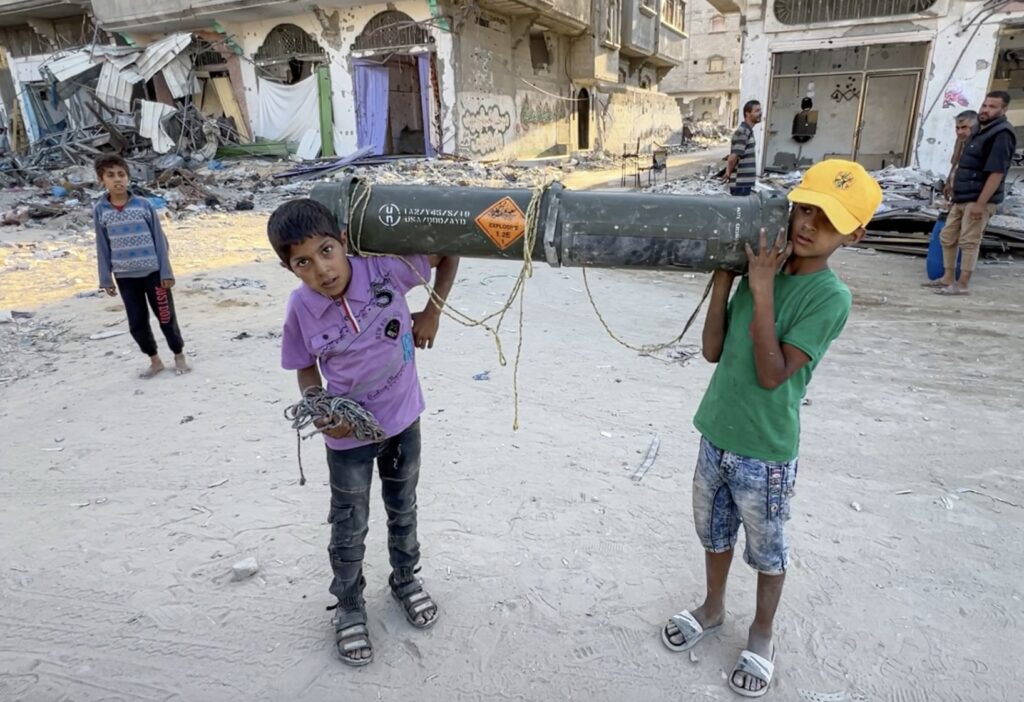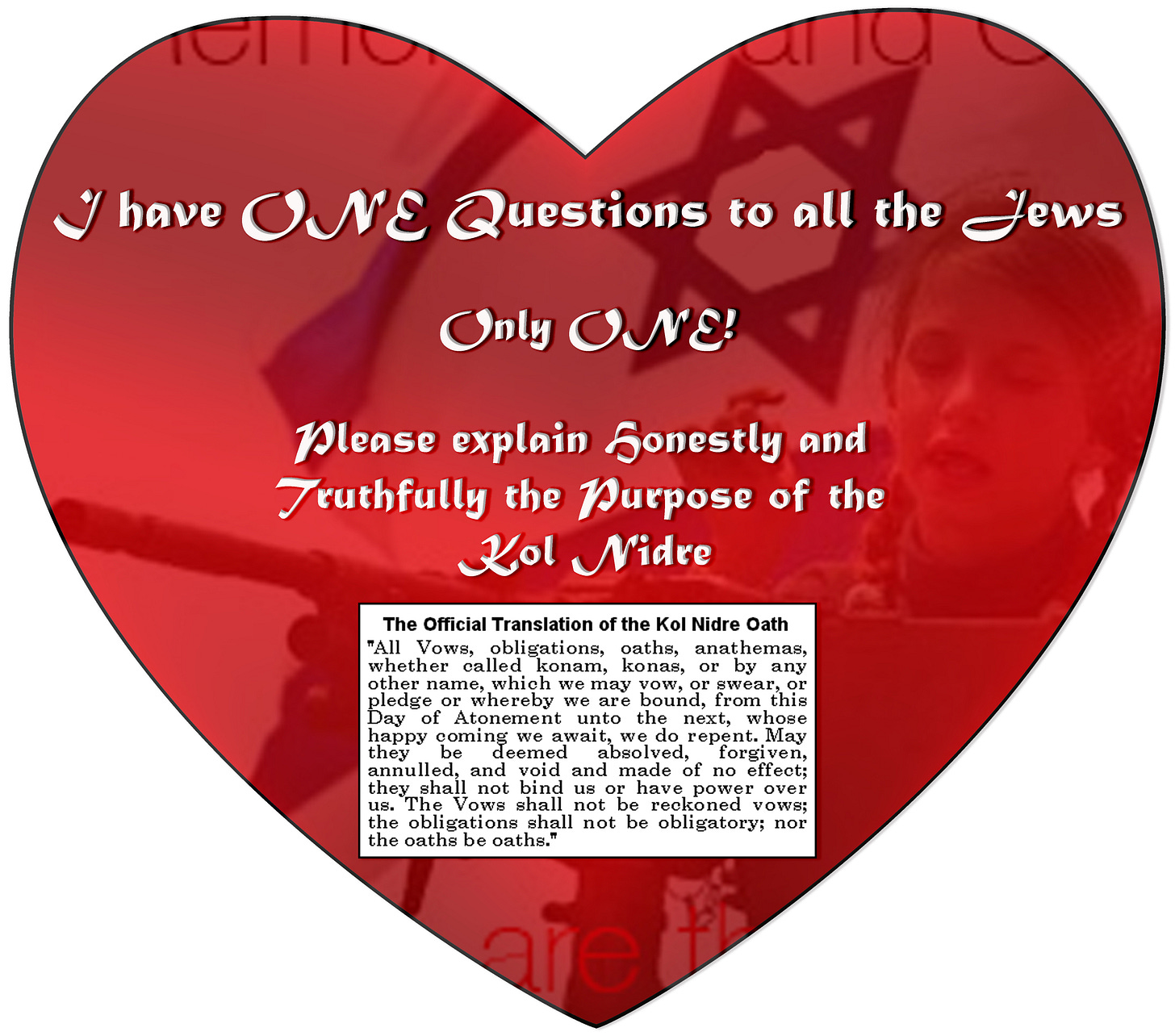Why Israel is waging war on Palestinian children
The young inherited from past generations a love of the land, preserving the dream of return, and for that, they must be eliminated.
By Soumaya Ghannoushi, Reposted from Middle East Eye, March 25, 2025
They walk barefoot through the wreckage – children carrying children, small arms wrapped around younger siblings, holding on to what’s left of their family.
In Gaza, there is no safety, no silence, no pause. There is only motion: fleeing, burying, fleeing again. Bombs chase them through the territory. Tanks stalk them in alleys. Drones hum overhead, watching, waiting to strike.
We’ve seen their faces. Some are covered in ash, too stunned to cry; others scream names into the dust – names that no longer answer. Children, entirely alone, wander from one grave to the next.
Many no longer even have names, just markers – a number, a label scrawled in pen on their arm so that if they die, someone might know who they were.
And still, they are hunted.
Earlier this month, before the sun rose, nearly 200 children were killed in a coordinated barrage of Israeli strikes. This did not happen in combat, nor by mistake. They died in homes, in tents, in their sleep; wrapped in blankets, under ceilings that collapsed like a second sky.
When asked about the massacre, Israel’s ambassador to the UK, Tzipi Hotovely, didn’t flinch. There was no apology, no display of sorrow – not even the word “children”. There was just the standard script about Hamas, human shields, and self-defence.
Strategy of concealment
Inside Israel, the framing was even colder. The dead were described as “terrorists eliminated”. No names or ages were given. According to Israeli journalist Orly Noy, “the media has adopted the claim that there are no innocents in Gaza”.
This language has become routine, “mobilised so that [Prime Minister] Benjamin Netanyahu and the army can continue to carry out the genocide”. It is not a failure of reporting. It is a strategy of concealment.
But the world saw, counting one tiny corpse after another. Since October 2023, more than 18,000 children have been killed in Gaza, with many more believed to be still under the rubble.
These are not accidents. This is the strategy.
Starvation is the second siege. One year ago, Unicef reported that in northern Gaza, around one in three children under the age of two were acutely malnourished – “a staggering escalation” from previous months. In Khan Younis, 28 percent of children were starving, with more than 10 percent on the edge of death from wasting. Their stomachs swell; their limbs shrink. Hunger claws at them as world leaders debate “aid corridors”.
What kind of war produces a generation of children with no legs? What kind of state wages that war and calls it self-defence?
When sickness comes, there are no hospitals, no medicine and no clean water. Gaza’s children are not only bombed; they are starved, infected, and left untreated.
According to a Lancet article published last year, there was one toilet for every 220 people, and one shower for every 4,500. Disease is the new weapon, with hundreds of thousands of acute respiratory infections and cases of diarrhoea in children under five.
Those who survive the bombs and the hunger often lose their limbs. Around 10 children a day undergo amputations. In darkened rooms without anaesthesia, surgeons cut through their flesh by flashlight.
Gaza now has the highest number of child amputees per capita in the world. What kind of war produces a generation of children with no legs? What kind of state wages war and calls it self-defence?
There is a term now in Gaza’s hospitals: WCNSF – “wounded child, no surviving family”. It’s scribbled on charts. These are the orphans pulled from the rubble – burned, bloodied, and alone, with no one left to speak their names.
Recast as threats
While Gaza’s children are buried or broken, in the occupied West Bank, they are bound and silenced.
Each year, between 500 and 700 Palestinian children – some as young as 12 – are arrested and prosecuted in Israeli military courts. The most common charge is stone-throwing.
Many are dragged from their homes at night, blindfolded and zip-tied. They are taken without warning, and interrogated without parents or lawyers. They are beaten, threatened, and forced to sign confessions – often in Hebrew, a language they don’t understand.
Last month, 14-year-old Muin Ghassan Fahed Salahat became the youngest Palestinian held under administrative detention, without charge or trial. Based on secret evidence that neither he nor his lawyer can see, his detention can be renewed indefinitely.
This isn’t an exception. It’s the rule. From the start of the Second Intifada until 2015 alone, more than 13,000 Palestinian children were arrested by Israeli forces.
Thousands more are killed. According to Defence for Children International-Palestine, at least 2,427 Palestinian children were killed by Israeli forces between the Second Intifada and mid-2024, excluding those killed in Gaza after 7 October 2023. The killings span decades, checkpoints, refugee camps, and cities. The scale of the violence cannot be dismissed as collateral damage. It is policy: repeated, institutionalised and refined.
The cruelty extends beyond violence. It infects language.
In late 2023, during a hostage exchange, Israeli captives were traded for Palestinian prisoners, many of them minors. But the BBC, and even the Guardian initially, would not call them “children”. Instead, they were referenced as “teens” or “people aged 18 and younger”. Such deliberate euphemisms reflect a quiet erasure: strip them of childhood, and you strip them of sympathy. Strip them of innocence, and their cages require no keys.
This isn’t rhetorical carelessness. It’s part of an ideological strategy to recast Palestinian children as threats, not victims. If they aren’t children, killing them isn’t a crime, and mourning them isn’t necessary.
Decades of erasure
This erasure didn’t begin yesterday. It’s decades old.
During the First Intifada (1987-93), children rose with stones in their hands. The Israeli response was blunt-force doctrine. Yitzhak Rabin, then the defence minister, ordered soldiers to “break their bones” – and they did. Footage showed children held down, their arms shattered by rocks in soldiers’ hands. This wasn’t chaos. It was a command.
That same logic lives on – no longer with sticks, but with missiles and white phosphorus. The bone-breaking has become mass amputation. The aim is the same: to cripple the future.
That legacy found one of its clearest symbols in the death of Muhammad al-Durrah. In 2000, at the start of the Second Intifada, the 12-year-old crouched beside his father behind a barrel south of Gaza City. His father shielded him with his body, but the boy was hit multiple times by Israeli gunfire. He died in his father’s arms.
The moment was filmed, and the world watched. Israel denied, spun, and blamed. But the truth endured: a child was executed while the world looked on.
Then came Faris Odeh. At just 14, he stood alone before an Israeli tank, a stone in his hand, his body arched in defiance. Days later, he was shot in the neck and killed near Gaza’s Karni Crossing. The photo of a boy facing down an army, stone raised is his hand, is etched into Palestinian memory. They killed him, but his image lives on.
Indeed, the targeting of children has long been Israeli doctrine, from the 1948 Deir Yassin massacre, to the 1970 bombing of an Egyptian school in Bahr al-Baqar, to the 2006 strike in Lebanon’s Qana, which killed dozens.
War on continuity
Even in moments of supposed calm, the killing continues. In 2015, Israeli settlers firebombed the Dawabsheh family home in the occupied West Bank. Eighteen-month-old Ali was burned alive. Later, Israelis danced at a wedding, stabbing a photo of the dead baby in celebration.
Today, Israeli politicians and rabbis speak of Palestinian children as enemies. A rabbi called for killing them without hesitation. A member of the Knesset declared that every child born in Gaza was “already a terrorist”. Netanyahu invoked the biblical tale of Amalek to frame mass death, including the killing of children, as a divine duty.
An official with the UN Committee on the Rights of the Child said of the situation in Gaza: “The outrageous death of children is almost historically unique … These are extremely grave violations that we do not often see.”

But the world has seen, and still, the small bodies pile higher.
This is not just genocidal in numbers. It is genocidal in intent. And it doesn’t end with killing and maiming; it reaches deeper, to memory and imagination.
Those who survive are stripped of their childhood, their schools reduced to rubble, their teachers buried beneath chalkboards. More than 80 percent of Gaza’s schools have been damaged or destroyed. Even playgrounds have been flattened – swings twisted into scrap, football fields cratered by missiles.
Palestinian children are being robbed of their futures, their bodies, their families – their ability to dream.
But still they hold on. In the ruins, we see them: boys kicking cloth-wrapped balls through dust, girls braiding hair in tents, children drawing homes that no longer exist. They build toy houses from twisted metal. They smile through tears. They play among ghosts.
The old died, but not before passing down the names of villages, the stories of trees, the keys to locked doors, the maps etched in memory. The young inherited all of it
They are maimed, traumatised and haunted, rocked to sleep by the memories of classmates now buried.
But still they go on, because Palestinians love life fiercely and defiantly. They cling to it through smoke, through rubble, through every attempt to extinguish them.
We are witnessing a war on children, on continuity. Its aim is not just domination, but erasure.
Golda Meir – born in Ukraine, once a holder of a Palestinian passport, and later Israel’s prime minister – once offered this reassurance to fellow colonisers: “The old will die, and the young will forget.”
But they didn’t forget. The old died, but not before passing down the names of villages, the stories of trees, the keys to locked doors, and the maps etched in memory. The young inherited all of it: the love of the land, and the right to return.
And for that, they must be eliminated. In Israel’s eyes, they are the greatest threat. Because as long as there are children, the story continues.
As long as there are children, Palestine lives.
Soumaya Ghannoushi is a British Tunisian writer and expert in Middle East politics.
RELATED:
- The most precarious place in the world to be a child: Israel’s year of war on children
- Israeli and Palestinian children killed: charts
- Goodbye to the lost children of Gaza. You were loved, you are remembered, you did not deserve it
- Why are there so many Palestinian children in Israeli prisons?
- Born in the heat of war, dead from the cold: Gaza’s children are freezing to death
- More dead children. More BBC ‘news’ channelling Israeli propaganda as its own


No comments:
Post a Comment